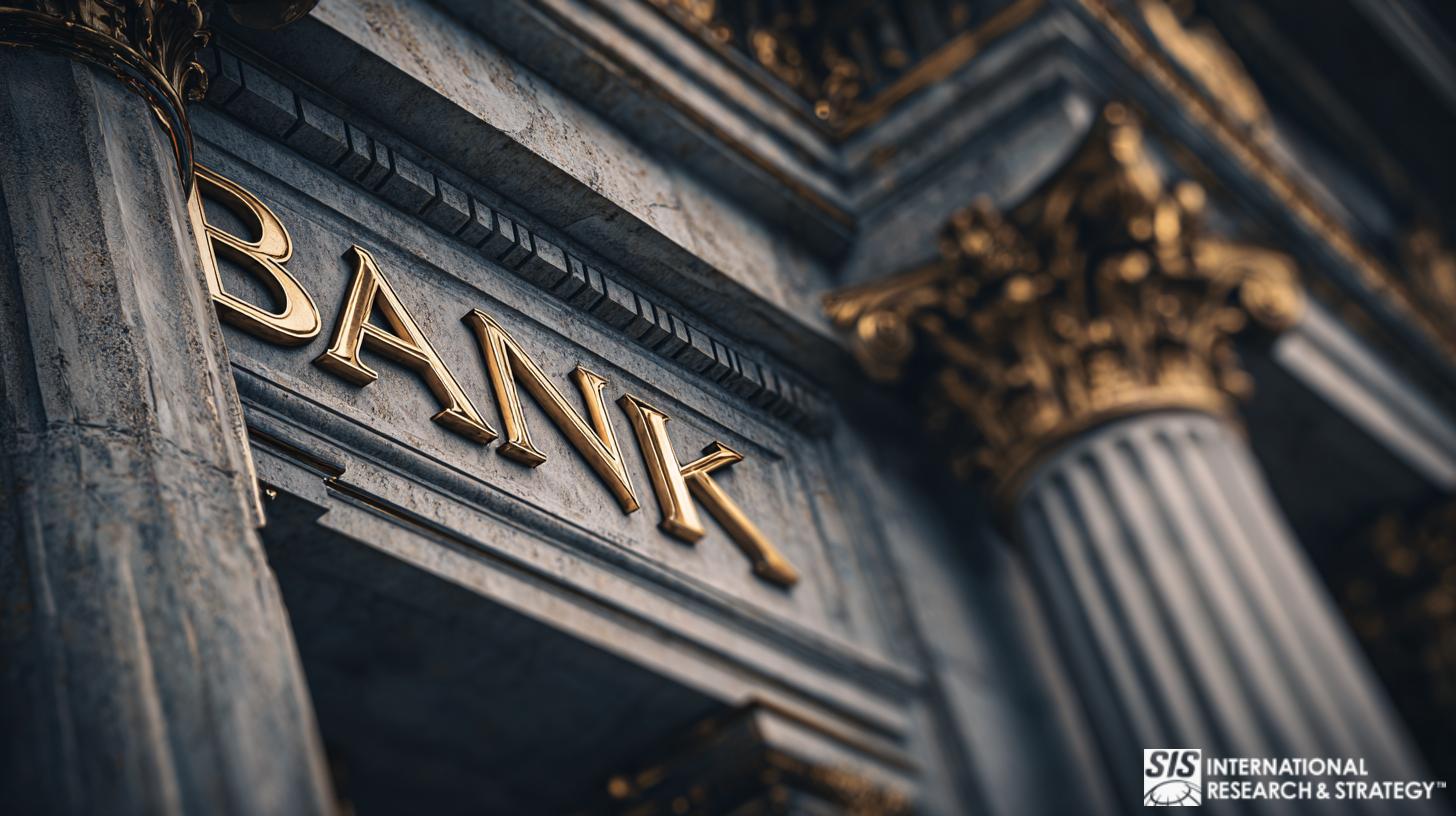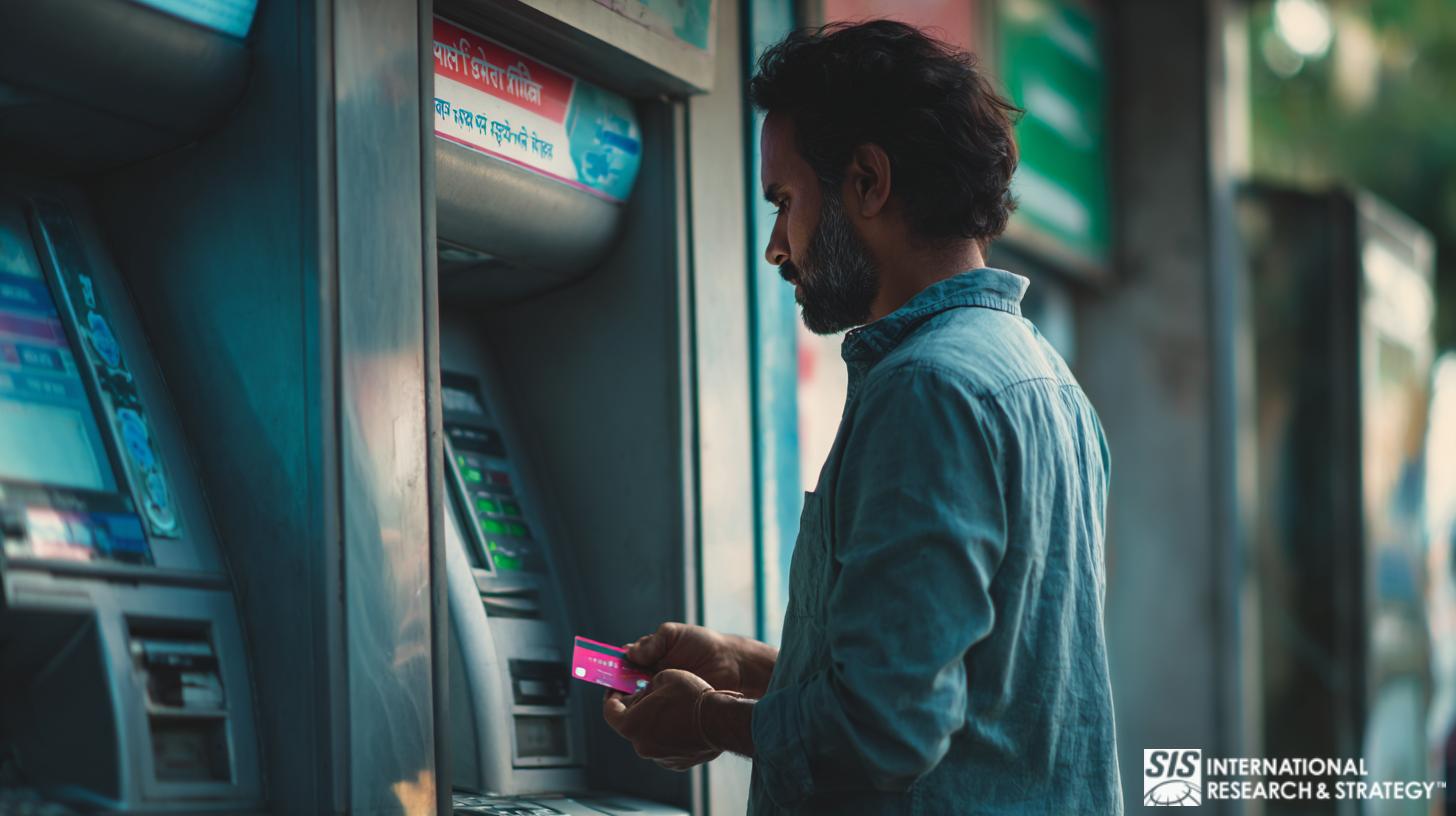Anti Money Laundering Market Research

幫助公司打擊洗錢並促進合規的解決方案
What is Money Laundering? Money laundering is the process of legitimizing the proceeds of crime. It involves introducing the money into the legal financial system. The cash is then circulated into different accounts to create confusion. Finally, the launderer integrates the funds into the financial system. Such money often encourages acts of terrorism and drug trafficking.
Understanding Anti Money Laundering Market Research
AML market research aims to identify, assess, and mitigate the risks associated with money laundering and other illicit financial activities. This research involves analyzing vast amounts of financial data, transaction patterns, customer behavior, and regulatory requirements to develop robust strategies and tools for detecting and preventing money laundering activities.
Anti-money laundering market research aims to enable businesses and regulatory authorities to stay ahead of emerging trends, evolving threats, and regulatory changes in the financial landscape. Moreover, anti-money laundering market research facilitates the development of innovative solutions and best practices for enhancing the effectiveness and efficiency of anti-money laundering efforts across various sectors of the economy.
Why Is Anti Money Laundering Market Research So Important?

AML market research provides valuable insights and intelligence that empower organizations to effectively detect, prevent, and disrupt illicit financial activities. Furthermore, anti-money laundering market research enables businesses to stay abreast of evolving regulatory requirements and international standards related to anti-money laundering efforts.
Anti-money laundering market research also equips businesses with the knowledge and expertise to navigate complex regulatory landscapes, implement effective AML compliance programs, and demonstrate their commitment to combating money laundering. In any case, AML market research brings several other benefits such as:
• 改善合規實踐: Regulatory landscapes continually evolve, and AML market research provides the intelligence needed to adapt to these changes seamlessly.
• 維護聲譽: 在相互關聯的金融世界中,聲譽是無價的。反洗錢市場研究透過防止與洗錢活動的關聯來幫助組織保持誠信。
• 營運效率: AML market research can uncover opportunities to streamline and enhance operational processes.
History of Anti Money Laundering
1970 年制定的《銀行保密法》充當了防範金融犯罪的安全屏障。該法案為監管機構提供了遏制洗錢的正確工具。國會於 2001 年通過了《愛國者法案》,規定了合規要求。它也解決了恐怖主義融資問題。
The Patriot Act requires all financial institutions to conduct customer due diligence. This process involves identifying a customer’s details and maintaining personal data and records for future reference. Banks now have to check whether a customer is on the wanted list of criminals in the country. They are also mandated to confirm the nature of a client’s business and its legality.
When to Conduct Anti Money Laundering Market Research
反洗錢市場研究對於尋求加強財務安全的組織至關重要,有一些指標可以考慮這項策略性舉措:
• 加強監理審查: Rising regulatory scrutiny signals organizations to reevaluate their AML strategies. If regulatory authorities are intensifying their focus on financial crime prevention, businesses should proactively conduct AML market research to align with the latest compliance requirements.
• 業務營運變化: Any significant changes in the nature or scale of business operations should prompt a thorough anti-money laundering market research initiative. Expansion into new markets, introducing innovative products or services, or modifying transaction volumes may necessitate an updated AML strategy.
• 交易量顯著增加: 交易量的突然激增可能表明需要更強大的反洗錢機制。高交易量可能掩蓋洗錢活動,因此組織必須進行反洗錢市場研究並相應調整其策略。
反洗錢市場研究與傳統市場研究有何不同?

Anti-money laundering market research prioritizes identifying and preventing financial crimes such as money laundering, terrorist financing, and fraud. Its primary objective is to detect and mitigate risks associated with illicit financial activities rather than analyzing consumer preferences or market demand.
Moreover, AML market research is inherently guided by regulatory frameworks and compliance requirements established by financial authorities and international organizations. While traditional market research may incorporate regulatory considerations, its main emphasis is understanding consumer behavior and market dynamics.
While both traditional market research and anti-money laundering market research adhere to ethical principles and legal frameworks, the latter emphasizes compliance with anti-money laundering laws and regulations. AML market research practitioners must navigate complex legal and regulatory landscapes governing financial transactions, privacy, and data protection to ensure the ethical conduct of research activities.
What to Expect from Anti Money Laundering Market Research
反洗錢市場研究提供全面的見解和策略,旨在打擊金融犯罪並確保金融領域的監管合規性。以下是企業對反洗錢市場研究的期望:
• 深入的風險評估: Anti money laundering market research conducts thorough risk assessments to identify vulnerabilities and potential threats associated with money laundering, terrorist financing, and other illicit activities.
• 監理合規指南: Anti money laundering market research provides guidance and expertise on navigating complex regulatory frameworks governing anti-money laundering activities.
• 技術解決方案與工具: Anti money laundering market research leverages cutting-edge technologies such as artificial intelligence, machine learning, and blockchain to develop innovative solutions for detecting and preventing financial crimes.
• 跨部門合作: Anti money laundering market research encourages collaboration and information sharing among financial institutions, regulatory bodies, law enforcement agencies, and other stakeholders in combating financial crimes.
• 持續監測與評估: Anti money laundering market research emphasizes the importance of monitoring and evaluating anti-money laundering measures to ensure their effectiveness and relevance in mitigating evolving risks.
反洗錢風險管理

近年來,金融犯罪十分猖獗。因此,風險管理對於每個金融機構都是必要的。交易監控系統現在對金融機構來說是強制性的。這些系統使機構能夠打擊洗錢和其他金融犯罪。他們提供靈活的風險管理工具。這些工具還為他們配備了了解您的客戶 (KYC) 合規系統。大多數交易監控系統軟體符合 KYC 要求。它可以幫助銀行直觀地預測任何可疑的客戶活動。
KYC 合規系統也有助於識別最終受益所有人。大多數國家都允許金融組織存取註冊資訊。這種訪問可以識別最終受益所有人。
Automation in Anti Money laundering market research
反洗錢中的風險管理流程需要技術和自動化。大多數金融機構都採用了機器人流程自動化(RPA)。他們在 KYC 合規性和交易監控系統中使用 RPA。
Manual risk assessment and monitoring are expensive and time-consuming. Risk analysts who use manual systems can only work with a small data set to confirm a security alert. Automation takes less time. It also allows analysts to conduct thorough investigations using a broader data set. They can do more extensive data checks and ensure that they consider more parameters. Such tests are necessary when investigating both domestic and international high-risk accounts.
Opportunities in Anti Money Laundering Market Research
The anti money laundering market research field presents several significant opportunities for businesses aiming to mitigate financial risks and comply with regulatory standards. These opportunities include:
• 技術整合: Businesses can leverage advanced technologies such as AI and machine learning (ML) to enhance their AML efforts.
• 訓練與教育: Given the evolving landscape of financial crimes, continuous training and education in AML practices are needed.
• 全球擴張: 隨著洗錢威脅超越地理界限,全球都需要反洗錢解決方案。企業可以透過在國際範圍內提供服務來抓住擴張機會,滿足在不同司法管轄區運營的金融機構的合規需求。
• 合作機會: 與監管機構、執法機構和其他利益相關者的合作為反洗錢市場中的企業提供了重大機會。
• 區塊鏈技術的創新: 區塊鏈技術的出現為改善反洗錢實踐提供了一個有希望的機會。企業可以探索利用區塊鏈的透明度和不變性來增強的創新解決方案。
洗錢中的金融制裁

監管科技業需要遵守所有反洗錢法規。這包括對適用於一些高風險國家的製裁制度和恐怖分子支持團體的了解。它也適用於販毒地區。美國對個人和部門實施全面或有針對性的經濟制裁。它還制裁對其安全構成威脅的產業、國家或大陸。因此,該法律期望金融機構遵守。他們必須標記受制裁政權任何成員的任何可疑活動。
Special committees and monitoring groups manage the typical UN sanctions regime. The European Union also uses sanctions as part of its Common Foreign and Security Policy. The United States applies financial and economic sanctions more than any other country. The Treasury Department has its Office of Foreign Assets Control (OFAC), which administers the more than two dozen existing US sanctions programs.
Money laundering is a challenge in almost all countries globally. As such, government authorities have developed compliance regulations for financial institutions. The laws created help with risk assessment and monitoring local and international high-risk accounts.
About Anti Money Laundering Market Research and Strategy Consulting Solutions
SIS helps FinTech companies and Financial Services organizations to combat Money Laundering, and to adopt Regulation Technology (RegTech). Our solutions include:
- 技術採用諮詢
- 競品分析
- 趨勢分析
- 專家採購
- 客戶市場研究
- 行業追蹤
- 監管技術評估
我們在紐約的工廠位置
11 E 22nd Street, Floor 2, 紐約, NY 10010 電話:+1(212) 505-6805
關於 SIS 國際
SIS國際 提供定量、定性和策略研究。我們為決策提供數據、工具、策略、報告和見解。我們也進行訪談、調查、焦點小組和其他市場研究方法和途徑。 聯絡我們 為您的下一個市場研究項目。

